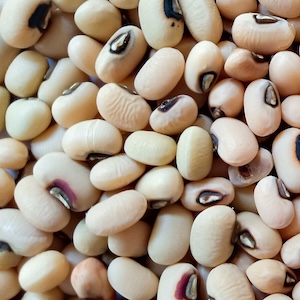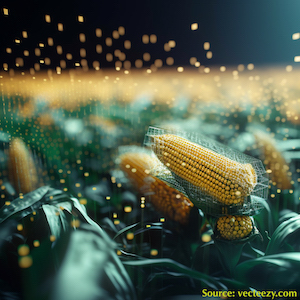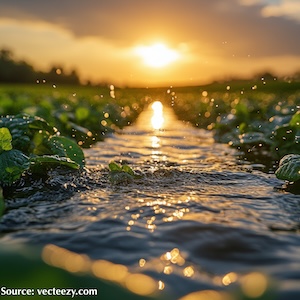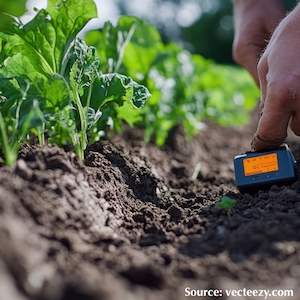Efficient use of water in four genotypes of cowpea (Vigna unguiculata L. walp) aiming to face water deficit

All claims expressed in this article are solely those of the authors and do not necessarily represent those of their affiliated organizations, or those of the publisher, the editors and the reviewers. Any product that may be evaluated in this article or claim that may be made by its manufacturer is not guaranteed or endorsed by the publisher.
Accepted: 12 May 2025
Authors
Cowpea (Vigna unguiculata L. Walp) is grown in small areas without technology and with yields not exceeding 1,000kg ha-1. Water management is paramount to address water deficit caused by rainfall variability. A complete block experimental design was implemented with two factors and four levels each, with a split plot arrangement with four repetitions to apply irrigation sheets of 2.0, 2.8, 3.6 and 4.4 mm day-1 to the LC-019, LC-005-016, LC-014-016 and CAUPICOR 50 cowpea genotypes. The research was carried out in Montería, Colombia, located at 8º 48' North Latitude and 75º 52' West Longitude. Total dry mass and leaf area variables were assessed 55 days after emergence (DAE). At the cycle end, weight of 100 seeds and yield were determined. The largest leaf area was recorded for LC-005-016 and LC-014-016 with 3,178.23 and 2,802.23 cm2 plant-1 for 4.4 mm day-1, respectively. The highest biomass was recorded for the LC-005-16 genotype, with 127.6g plant-1 for 4.4 mm day-1. Yield of genotypes increased, when increasing irrigation sheet, being CAUPICOR 50 and LC-019 the ones with the highest yield, with 2,276.62 and 2,092 kg ha-1 for 4.4 mm day-1. Similar water consumption was found between CAUPICOR 50 and LC-019 with Kc of 1.1 and LC-005-016 with LC-014-016 with Kc of 0.9. These Kc values allow us to know the consumptive use of each of these genotypes for any climatic zone by multiplying them by its evapotranspiration.
Hidrus S.A. de C.V., Ensenada, Mexico
Grupo Hidrus S.A.S., Montería, Córdoba, Colombia
How to Cite

This work is licensed under a Creative Commons Attribution-NonCommercial 4.0 International License.









